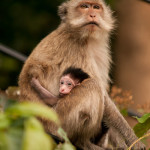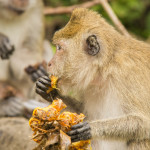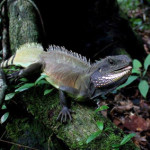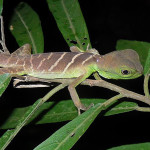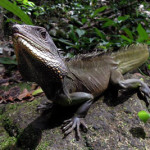Great Barracuda (Sphyraena barracuda)
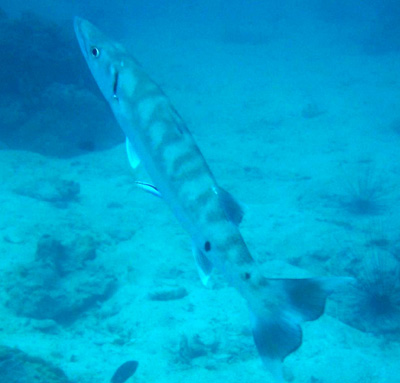
Image Copyright BB Divers
Observed: Koh Chang Reefs 2015
Observed By: BB Divers
The great barracuda is a large pelagic (open-water) fish that can occassionally grow up to two metres in length. It is a fast moving ocean predator and can reach speeds of up to 43km an hour as it chases the smaller fish that are its prey.
It is a widespread species that is found in tropical waters of all the major oceans.
Great Barracuda Wikipedia
Devil Scorpionfish (Inimicus filamentosus)
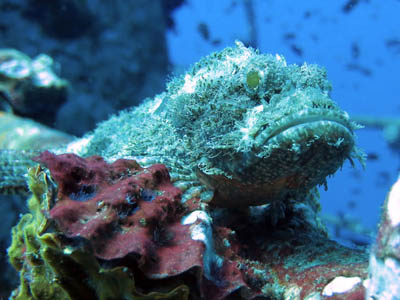
Image Copyright BB Divers
Observed: Koh Chang Reefs 2015
Observed By: BB Divers
It’s all in the name. If something is named after both Lucifer and a poisonous insect then it should be pretty clear that it is not a beast to mess with. And it isn’t. The Devil scorpionfish is a highly camouflaged reef predator that protects itself with venomous dorsal spines that have a highly toxic poison.
They feed on smaller fish by using their camouflage and a lightning fast attack to trap prey. They are nocturnal hunters and often bury themselves in sand during the day.
Devil Scorpionfish Wikipedia
Image Copyright Hanah Weerkamp
Image Copyright BB Divers
Ocellaris Clownfish (Amphiprion ocellaris)
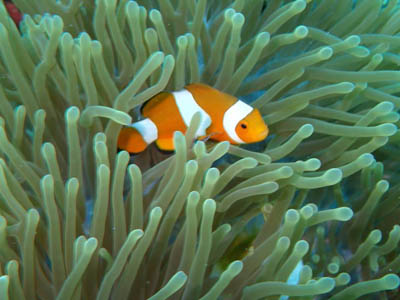
Image Copyright BB Divers
Observed: Koh Chang Reefs 2015
Observed By: BB Divers
Is this now the most recogniseable fish in the ocean? Finding Nemo brought the clownfish to fame in a far less threatening way than Jaws did for sharks.
The ocellaris clownfish is a species of anemonefish that lives in a symbiotioc relationship with the sea anemones that are its protector and home. It looks nearly but not quite the same as the Orange clownfish (11 dorsal spines versus 10 in case you’re wondering and slightly thicker black lines – species identification is hard!)
They are a small fish that grows to only 11cm in length and are found in the Eastern Indian Ocean and the Western Pacific)
Clark’s Anemonefish has a bright orange, black and white coloration and is a common resident of the anemones of Koh Chang’s coral reefs.
Ocellaris Clownfish Wikipedia
Bluestreak Cleaner Wrasse (Labroides dimidiatus)
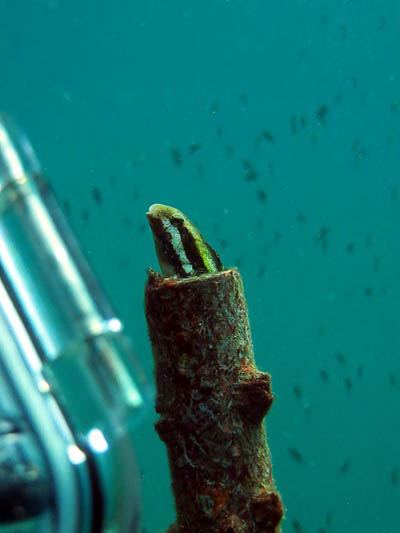
Image Copyright BB Divers
Observed: Koh Chang Reefs, 2015
Observed By: Hanah Weerkamp
The wrasse family are the carwashes of the ocean. These unique fishes subsist on the parasites and dead tissue that grow on other fish species. They establish cleaning stations where all kinds of fish swim up for a clean-up. This removes irritating and harmful parasites from the fish and provides a food source for the wrasse. Even sharks and other predatory species will call a truce with the wrasse in order for a much-needed cleanup.
Bluestreak cleaner wrasse Wikipedia
Bearded Scorpionfish (Scorpaenopsis barbatus)
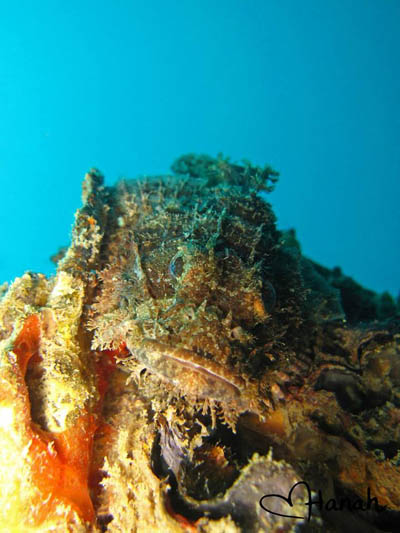
Image Copyright Hanah Weerkamp
Observed: Koh Chang Reefs, 2015
Observed By: Hanah Weerkamp
The scorpionfish family includes many of the world’s most venomous species of fish. These animals are usually heavily disguised as with the camouflaged, rock-coloured bearded scorionfish. They are opportunistic hunters using their camouflage to get close to prey and then striking rapidly.
Of particular danger to humans are their venomous dorsal spines and they add a practical reason to not put your feet down on the reef – although you wouldn’t want to do that anyway for risk of damaging corals and other delicate organisms.
Scorpionfish Wikipedia
Siberian Blue Robin (Luscinia cyane)
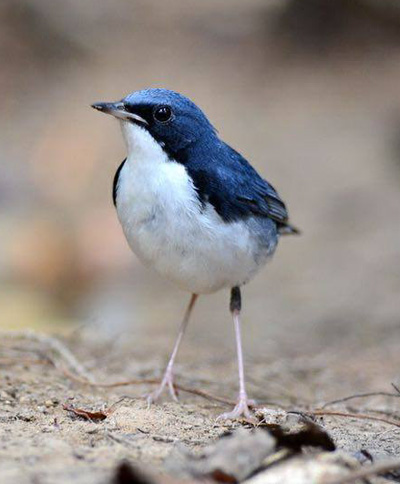
Last Observed: December 2015 – Koh Chang
Last Observed By: สุธนัย ครุพานิช
The Siberian Blue Robin is a small bird that is a member of the Old World Flycatcher family. As the name suggests it is a seasonal migratory species that spends winter in Southeast asia and Indonesia before travelling to eastern asia and Japan – a long journey for such a small bird.
It is plentiful in number and feeds on insects.
Siberian Blue Robin Wikipedia
Image Copyright Suthanai Krupanich
Image Copyright Suthanai Krupanich
Orange Headed Thrush (Geokichla citrina)
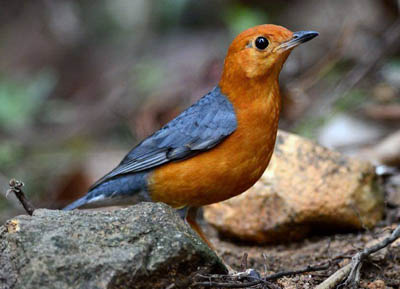
Image Copyright สุธนัย ครุพานิช
Last Observed: December 2015 – Koh Chang
Last Observed By: สุธนัย ครุพานิช
The Orange-headed thrush should probably be called the orange-head-and-bodied thrush with bluish-grey wings if accuracy was an issue. It is a common woodland resident across India and Southeast Asia.
It is a ground feeder and feeds on insects, spiders and the like.
Orange-headed thrush Wikipedia
Crab-Eating Macaque (Macaca fascicularis)
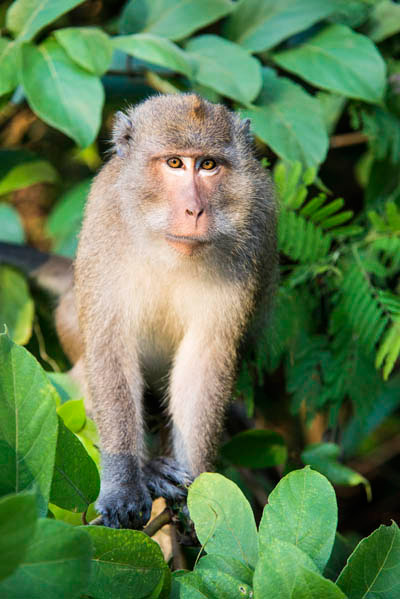 Observed: Koh Chang, December 2015
Observed: Koh Chang, December 2015
Observed By: Jonathan Milnes, David Vinot, Everyone!
You can’t miss Koh Chang’s macaque monkeys, they seem to be everywhere. But this didn’t used to be the case. There are two possible reasons for this. Firstly they might have been hunted for food back in the days before National Park protection. Secondly these monkeys are a species that is an opportunitsic hunter and scavenger that adapts very well to living off the waste that comes with human development. So whilst it is a species that is native to Koh Chang’s environment numbers have grown rapidly around the tourist centres of Koh Chang as the source of food around here is abundant.
This species of Macaque, also known as the Long-tailed Mazaque for obvious reasons, is plentiful and not at all threatened precisely because of this affinity with human environments. In fact they can be something of a pest and you most definitely shouldn’t feed them. Here’s why;
– Crab-eating Macaques are quite at home on Koh Chang and have no problem acquiring their own food
– Monkeys are wild animals, not pets
– They bite
– They can also carry rabies and other deadly diseases
– They are often run over by cars
– The Jungle Book was a Disney cartoon not a documentary
So be very careful around these Monkeys, enjoy watching them but keep your distance. Imagine there was a wild tiger standing next to you, or an angry King Cobra, or a pack of rats. Or all three.
Crab-Eating Macaque Elephant Wikipedia
Image Copyright Jonathan Milnes
Image Copyright Jonathan Milnes
Image Copyright Floris Hermans

Common Mock Viper (Psammodynastes pulverulentus)
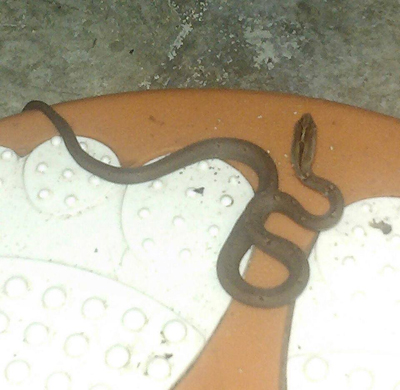
Image Copyright Napha Kotkangplu
Last Observed: December 2015
Observed By: Napha Kotkangplu
The Common Mock Viper is a small species of snake that grows up to 65 cm in length. It is native to Asia.
Perhaps the most startling fact about this species is that the male posesses three penises. Really. You’d think that this would be a problem for a snake but the specially evolved hemipenis can be retracted when not in use. Only one of the three hemipenes is used at a time and they commonly have barbs or hooks. It is truly a strange and amazing world.
As its name suggests the mock viper resembles a viper but does not come from the same family. It is rear fanged and possesses a very mild venom that isn’t harmful to humans.
Common Mock Viper Wikipedia
Mock Viper Thailandsnakes.com
Asian Water Dragon (Physignathus cocincinus)
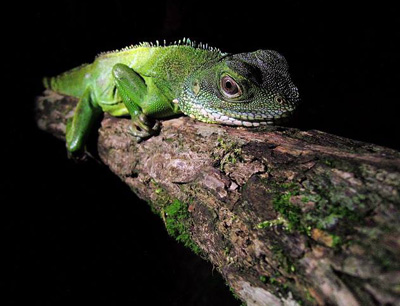
Image Copyright สุธนัย ครุพานิช
Last Observed: December 2015
Observed By: สุธนัย ครุพานิช, Parinya Pawangkhanant
What a brilliant picture this is of the splendid Asian water dragon. This mighty lizard can grow up to 1 metre in length and live for up to fifteen years.
These lizards are most commonly found along the banks of freshwater streams and are mainly tree-dwelling (arboreal) living and active mainly in the daytime (diurnal).
Asian Water Dragon Wikipedia
Image Copyright Parinya Pawangkhanant
Image Copyright สุธนัย ครุพานิช
Image Copyright สุธนัย ครุพานิช



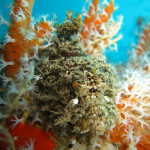
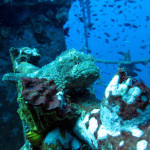







 Observed: Koh Chang, December 2015
Observed: Koh Chang, December 2015